There are laws governing how ‘may contain’ labelling should be done. This is what the Food.gov website says:
Precautionary allergen labelling
If there is a risk of a food product being affected by allergen cross-contamination, the label should include one of the following statements:
- may contain X
- not suitable for someone with X allergy
Precautionary allergen labelling should only be used after a thorough risk assessment. It should only be used if the risk of allergen cross-contamination is real and cannot be removed.
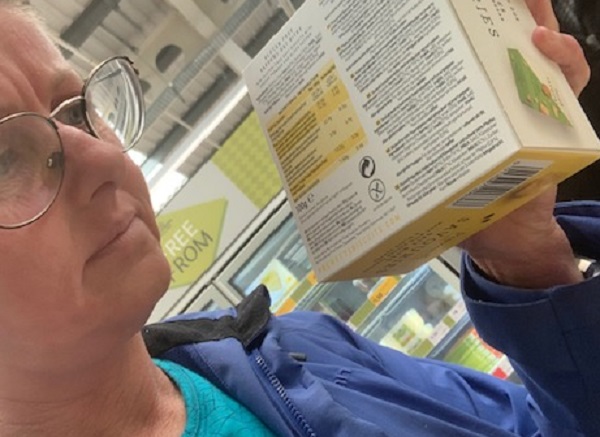
So why is it so confusing?
It just seems like companies are all using different wording. Some companies give information such as:
- Made on the same production line that handles…
- Nuts handled in this factory
I actually find this level of information far more helpful to me. For instance, I would not be happy eating something made on the same line as my allergens. But I might risk it if the factory handled nuts, but took realistic precautions to prevent cross contamination.
If feels like so many just say ‘may contain’ regardless and the consumer is left wondering what this might mean?
It’s also been proven that because of this confusion, many allergic consumers ignore these warnings, or make their own assumptions and decisions about whether to trust them
I analysed some labels
And you’d probably not be surprised to hear that everyone is doing it differently.
- Nairns Oats and Chocolate chip biscuit breaks – These say they are Gluten Free and have the following warning. May contain traces of milk. Both our recipe and factory at nut free. We cannot guarantee that our ingredients ate nut free. Not suitable for people who react to avenin – a protein in oats. I find this sort of information really helpful
- Nairns Oats and Syrup biscuit breaks – Again, Gluten Free and have the following warning. Both our recipe and factory at nut free. We cannot guarantee that our ingredients ate nut free. Manufactured on equipment that handles milk. Not suitable for people who react to avenin – a protein in oats. I find this sort of information really helpful. The same company but the milk warning is slightly different. What does this mean. Which is safer? Is either safer?
- Kinnerton Just dark chocolate – is FreeFrom dairy, egg, gluten and nuts. No may contain warning.
- Lazy Day Chocolate Tiffin – FreeFrom gluten, milk, egg, wheat. Vegan. No may contain warning.
- Gosh Veggie Sausages – Gluten, egg, dairy, nut and soya free. No may contain warning.
- Freaks of Nature sticky toffee hot pudding – Dairy and Gluten Free. Made in factory that handles nuts. These guys have also just changed their packaging and it doesn’t work. It’s definitely sticky… leaking and messy. But still delicious.
- Prewetts Savoury Oat Bites (These contain milk so I didn’t buy these) – Gluten Free. May Contain nuts.
What surprised me is the Nairns oatcakes above. I eat these…
And what if there is no warning?
For those above which make a FreeFrom claim I think we can safely assume that they are safe.
However, many products don’t carry any ‘may contain’ warnings. What does this mean? Does this mean the product is safe? Many allergic consumers might assume that this is the case, but what is the reality?
Products without a ‘may contain’ warning are probably just as risky to allergic consumers as those with a warning, so consumers should beware.
What should we do? Avoid all products with a warning? It leaves very little choice and constant analysis and magnifying glass scrutiny of tiny fonts on hard to read packaging and even then we’re still confused.
Of the products listed above, I clearly am buying and consuming some brands with ‘may contain’ warnings but I’ve decided that they’re OK. I trust the brand, have never had a reaction and am taking a calculated risk. I didn’t think I ignored may contain labels but clearly I am. Should I be more careful?
Certainly for chocolate I would only every buy something that was freefrom milk and nuts. The Nairn’s chocolate biscuits listed above have given me a slight tingle on the odd occasion but so minor I’ve ignored it. Is there a real risk of significant amounts of milk in that product?
Something needs to change and I don’t know what that is. But currently people don’t know what the labelling actually means and either ignore them or have very limited choices when shopping for food. Myself included it would seem!
I’d love to hear from you guys. What do you think? Do you ignore may contain warnings or avoid them like the plague?
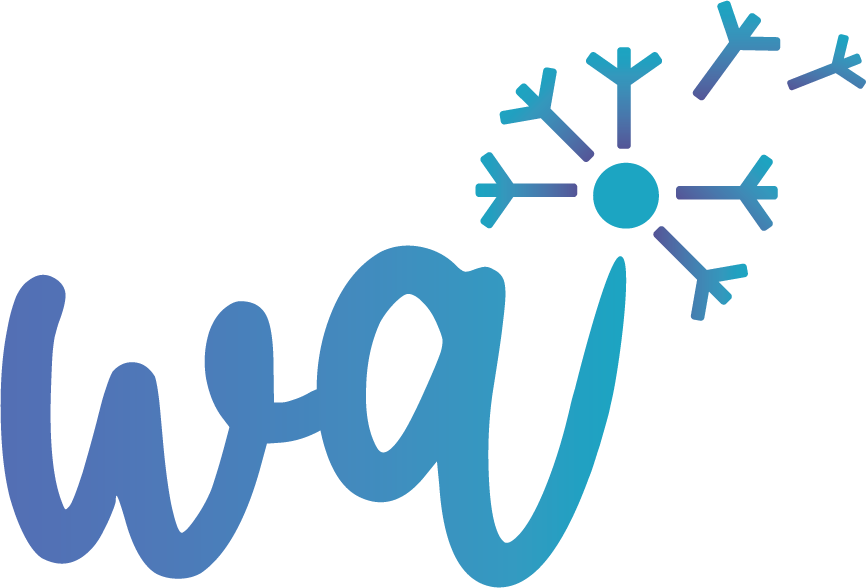


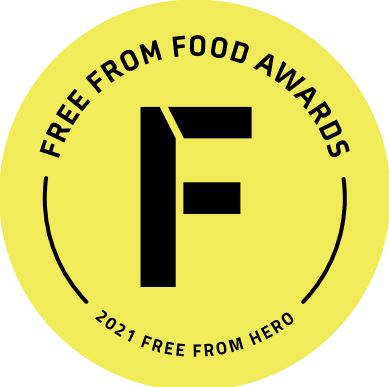


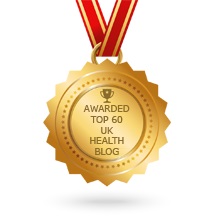

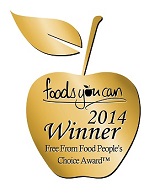
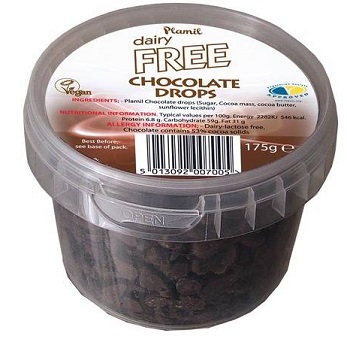
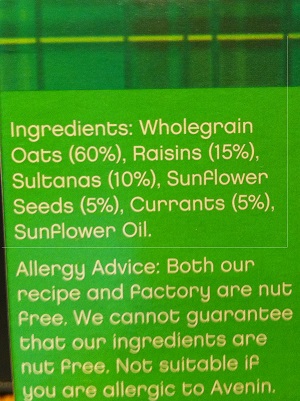
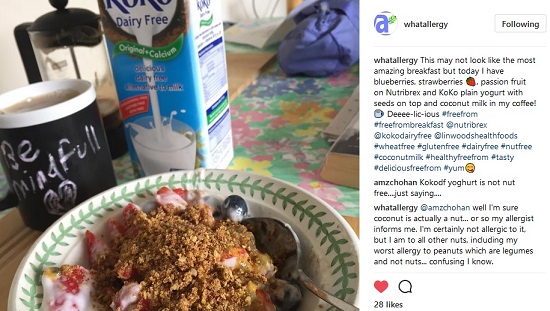
I can honestly see where you are coming from with this, and therefore agree with the relation to food labelling being confusing and difficult to read at times.
The issues with products that state may contain do not go as far as stating what they may contain in some instances. It seems that the font and typeface of the text is not bold enough or of a different colour as when text of the same colour is put next to text of the same colour even if it is bold, can blend in to the surrounding text.
Allergens really should be placed first and with a different colour to the rest of the text so that it does stand out from the rest of the ingredients.
Most foods would be a no go area especially processed foods, as these normally do have food additives that are hidden and are not described on the packaging.
Nearly all the products I eat would be home made and eating out is really risky. Even eating in a home that has family members that do not understand about cross contamination it is risky, but with a little preparation and planning before a meal, it can be make safer before preparing a meal.
Hi Peter, thanks for your comment. Yes my shopping basket often contains only fresh produce, so meat, fish, veg, fruit and wheat free grains. I just don’t trust a lot of manufacturers and seem to get eczema type reactions to a lot of processed food anyway, so I avoid it anything processed as much as I can. But I am developing a bit of a sweet tooth and it can be a lovely treat to buy shop bought freefrom cakes and biscuits. I never trust any chocolate except the guaranteed nut and dairy free varieties as I know I’ve reacted to some. Not worth the risk and the manufacturing process for chocolate means that they often clean the production line with plain chocolate which then all goes back into the vat of chocolate so any debris or allergens are swept up and then the base chocolate that is then used to the make the next product could contain any allergen… it’s a Russian Roulette game I’m not willing to play. Stay safe and keep cooking that fresh home cooked food. It’s much better for you and like you say, a bit of planning and it’s fun. I have to admit, while I had shingles recently I had no energy or inclination to cook…it was awful. I did resort to some processed foods just for time and ease… M&S stuff is pretty good though. I survived. Thanks again. Great comment.